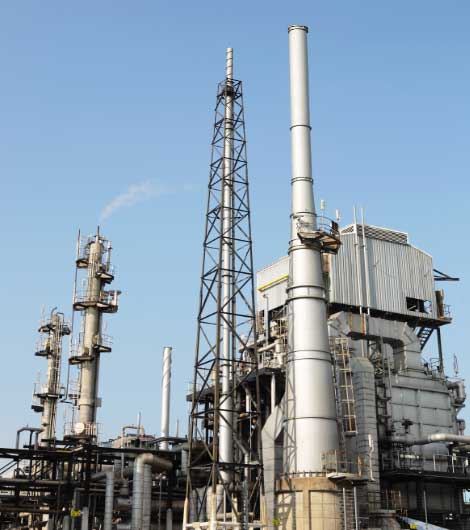
What does this mean for the oil and gas (O&G) industry? Global oil demand fell by 25% in April, but it has rebounded sharply since then, cutting its losses to just 8%. Looking ahead, 2021 oil demand is expected to recover strongly but remain lower than it was at pre–COVID-19 levels—about 4% lower in the base case, and about 7% lower in Rystad Energy’s second-wave scenario. Similarly, oil prices and energy stocks have underperformed base metals and the broader S&P 500 index by about 10% and 25% and 6% and 10%, respectively, since July 2020. Mass layoffs and heightened cyclicality in employment continue to challenge the industry’s reputation as a reliable employer. US O&G companies laid off about 14% of permanent employees in 2020, and our research shows that 70% of jobs lost during the pandemic may not come back by the end of 2021. Although the oil and gas sector is used to the highs and lows of economic and price cycles, this downturn seems unlike any other. In fact, it’s the “great compression” of the O&G industry. With the survival of many companies at risk, and the longer-term decline in petroleum demand, the next decade could look very different for the entire O&G value chain. 2021 will either be a leapfrog year or a test of endurance for many. We see five oil and gas trends that may challenge traditional methods of oil and gas production in 2021, determine the direction of the industry, and begin separating the pioneers from the followers.
The oil and gas industry is used to the highs and lows of economic cycles. The downturn caused by COVID-19, however, is unlike any other. With the survival of many companies at risk, coupled with a longer-term decline in petroleum demand, the next decade could look very different for the oil and gas market. Explore what the next year may look like in our 2021 outlook.
Facing the challenge of transformation for the oil and gas industry
Since we published our midyear outlook in July, the global economy and capital markets have rebounded faster than expected in the third quarter of 2020. However, the pace of recovery in the coming months remains highly uncertain as mounting COVID-19 cases amid winter conditions, especially in Europe and the United States, may trigger another round of shutdowns and restrictions. Any further normalization of economic activity largely depends on how the pandemic evolves during the winter and, most importantly, when COVID-19 vaccines reach the general public. Even when the virus is controlled, economies are expected to continue dealing with the adverse impact of deteriorated fiscal balances and the effect of muted business investment on the labor market and consumer spending in 2021.

Oil prices are trapped between soft demand and rallying equity markets
What should O&G companies do to guard against downside risk and be ready for any potential upsides in 2021? Companies should consider accelerating the digital transformation to reduce operating costs, “variablizing” their fixed costs of support functions, maintaining flexibility in their operations, and optimizing their capital allocation for the projects of tomorrow.
Changed oil and gas market dynamics have altered the financial outlook and portfolio options for US shale operators
The US shale industry will likely look different in the next few years—perhaps smaller and dominated by a high-graded or integrated portfolio of data-driven operators. Additionally, the future of US shale could also hinge on how successfully it can insert itself into a greener future.
COVID-19 and the oil downturn have accelerated—not paused—long-term trends, such as energy transition and digital transformation
Digitalization is expected to play a key role in effective energy transition strategies in 2021. Apart from enabling remote operations and driving human-machine collaboration, digitalization has an important role to play in setting near-term emissions targets, using standardized and credible reporting, and tracking accountability across the hierarchy.
Natural gas is wedged between decarbonization efforts and renewables focus
Natural gas seems trapped between O&G companies’ decarbonization strategy of focusing on low-carbon fuels and the broader impetus to replace gas with renewables for electricity generation. Other challenges include the ongoing problem of fugitive methane emissions associated with gas, as well as the growing electrification of the broader energy system.
Overbuilding is a growing concern for midstream and downstream
Considering the numerator of the profitability ratio (cash flows) will remain under pressure amid the accelerating energy transition, companies should direct their attention to the denominator of the equation: the assets or the capital. Companies may need to channel their cash flows to rebase their capital, and thus unlock a new capital equation for themselves.

